Dinner is served! But a combination of Falernian wine and Grumio's great cooking leads to talk of ghosts and the world beyond the grave. And then a guest goes missing.
Digital Activities
These sections have been moved to the Cambridge Elevate platform. Please click below to go to Elevate. Elevate
WebBooks
The Stories
Practising the Language
Please note: the Cultural Background weblinks section has been removed.

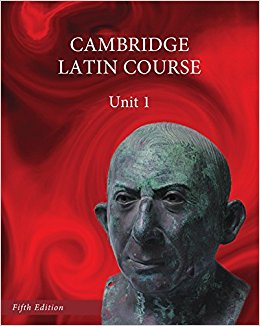












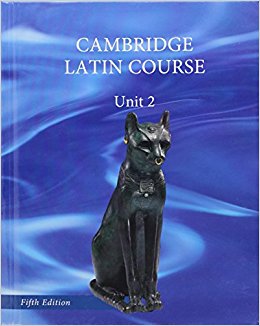








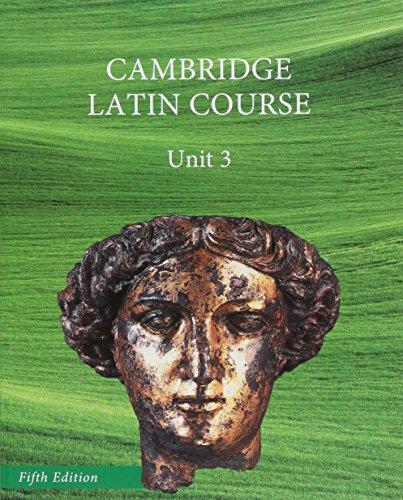













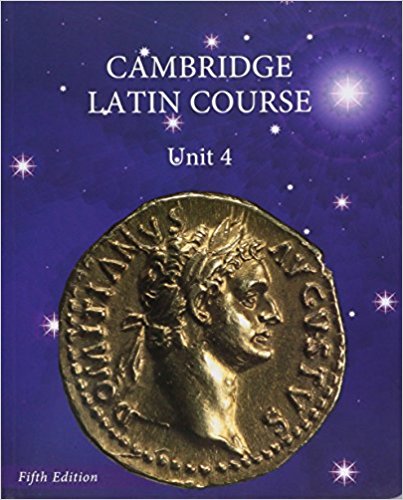














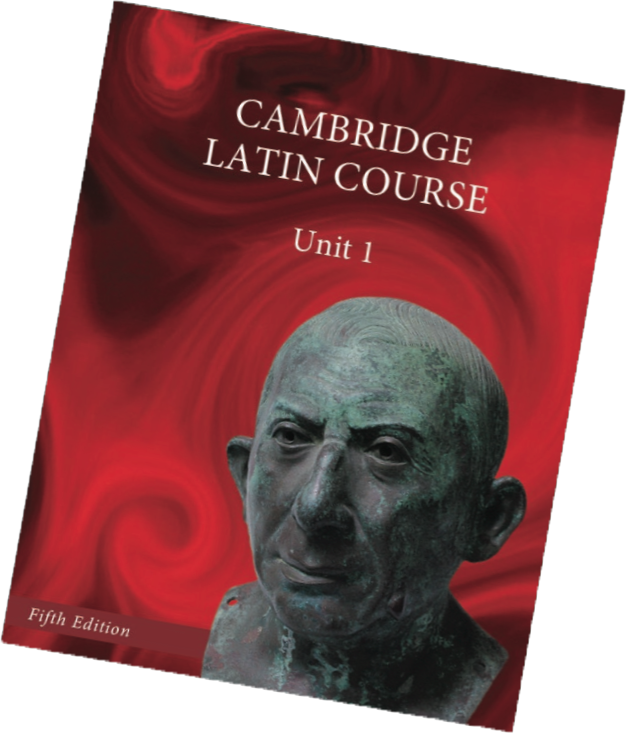

 CSCP on Twitter
CSCP on Twitter